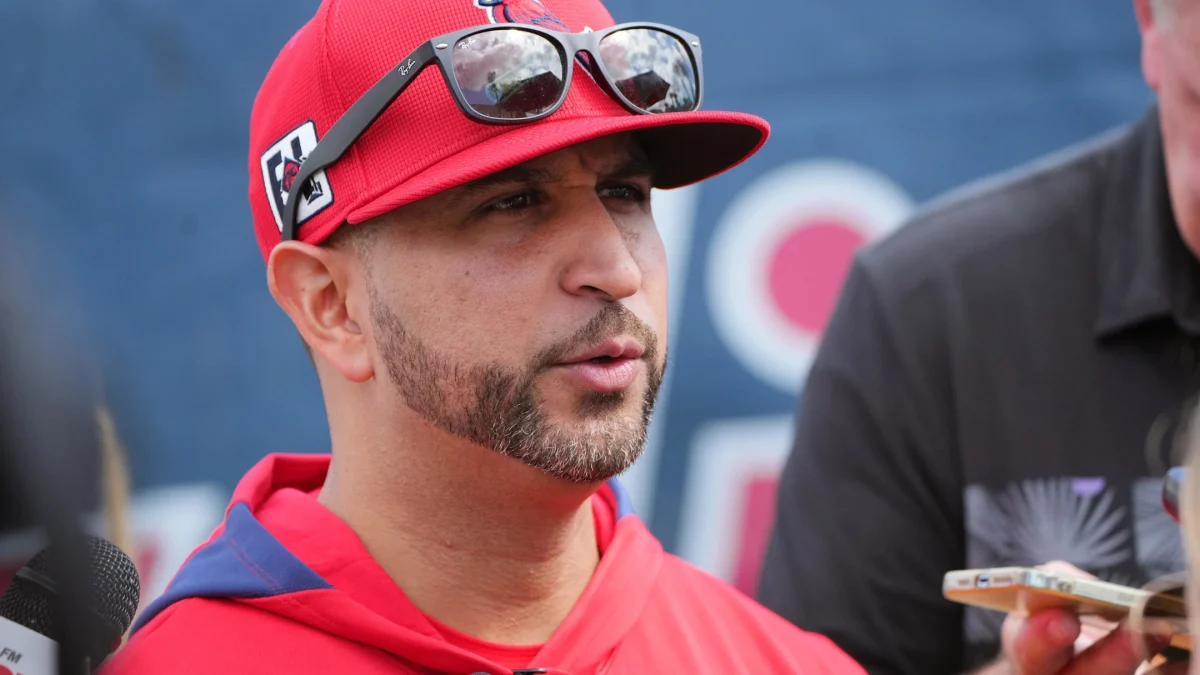As Brandon Barklage, Dado Hamzagic and Kyle Patterson of Saint Louis University ponder their prospective professional soccer careers, a certain enviable footballer, playing more than 5,000 miles away in Milan, is simultaneously pondering his own future.
Ricardo Izecson dos Santos Leite, known more commonly by his nickname Kaka, has been the object of affection for the English Premier League’s Manchester City for the past week, and the club is willing to offer AC Milan 100 million Euros, or $128.68 million in U.S. currency, for the services of the 26-year-old Brazilian.
After taxes, Kaka would make the equivalent of over $19 million a year.
Hypothetically, if Kaka were to accept Manchester City’s offer, he could potentially father 575.75 babies this year and have enough money in the bank to cover all of their tuition costs at SLU.
The latest rumors project that Kaka will, most nobly, reject this ludicrous offer, but blockbuster transfer rumors like these typically don’t fade away in the world of soccer.
The saga of Kaka (that phrase looks and sounds funny) evokes disputing sentiments among followers of the beautiful game. To some, Manchester City’s offer exemplifies all that is backward and corrupt in the world of sports and represents a blemish on an otherwise pure game. To others, the news is simply alluring and indicative of a certain team’s serious commitment to compete.
Major League Soccer utilizes a unique method for paying many of its young players, which is good for the SLU players that were drafted. Many of those selected in the mid-to-late rounds of the MLS Superdraft will receive what is termed as “developmental contracts.” While playing at the highest level of American Soccer, players who receive developmental contracts earn a significantly lower portion of a team’s salary due to the inability to accurately project their potential contributions.
Kristian Dyer, writer for www.espn.com and columnist for METRO New York City, likens this system to that of Minor League Baseball.
“You’re with the big-league guys; you’re just not getting their contract money quite yet. It’s an interesting way to develop talent.”
This has financial implications for many of MLS’s young players and may impact the three Billikens in the MLS.
“Many of the younger players I know do coach or train teams on the side, or work through the team in camps or clinics. In many ways, it is no different than many recent college graduates who have a weekend job as a waiter,” Dyer said.
Despite potential economic uncertainty, Barklage, Hamzagic and Patterson still have a great future ahead of them. It may not include the potency for glamour or instant name recognition, but these future professionals have the chance to play the game they love for a living. In the MLS one cannot take that for granted, and this leads to an innocence that is invisible on the other side of the Atlantic Ocean.
And furthermore, as Dyer is quick to point out, the MLS is becoming a significantly more stable option.
“MLS teams do what they can to make players’ lives more bearable with free meals and arranging for travel to and from practices, cost savings which trickle down to the wallet for young players.”
So I wish nothing but the best for Barklage, Hamazagic and Patterson. Their success is a testament to the strength of SLU’s soccer program and a source of pride. Even if they receive developmental contracts, this only provides incentive to play to the best of their ability and earn their way to the top.
Andrew Bush is a sophomore in the College of Arts and Sciences









